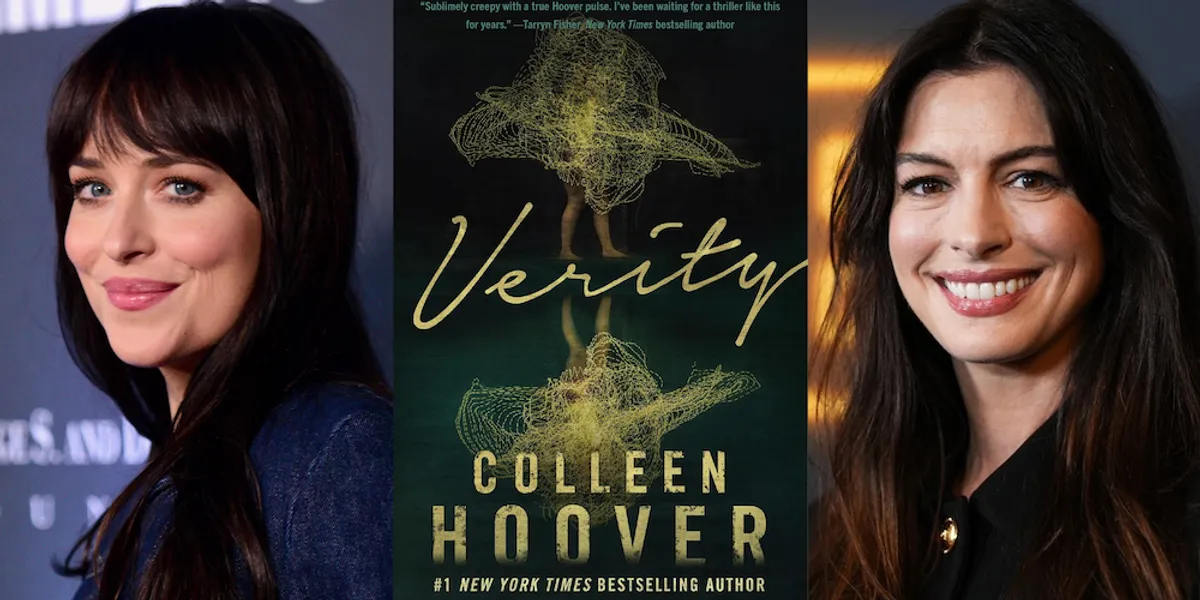✨ “Every woman has a story. Every story deserves to be heard.”
More than a decade after his first adaptation, Tyler Perry returns to one of the most soul-stirring works in modern American theater — For Colored Girls. The 2026 reimagining of Ntozake Shange’s timeless masterpiece isn’t just a retelling; it’s a resurrection — a poetic revolution that captures the heartache, beauty, and resilience of womanhood in its most honest form.
💔 Seven Women. One Shared Truth.
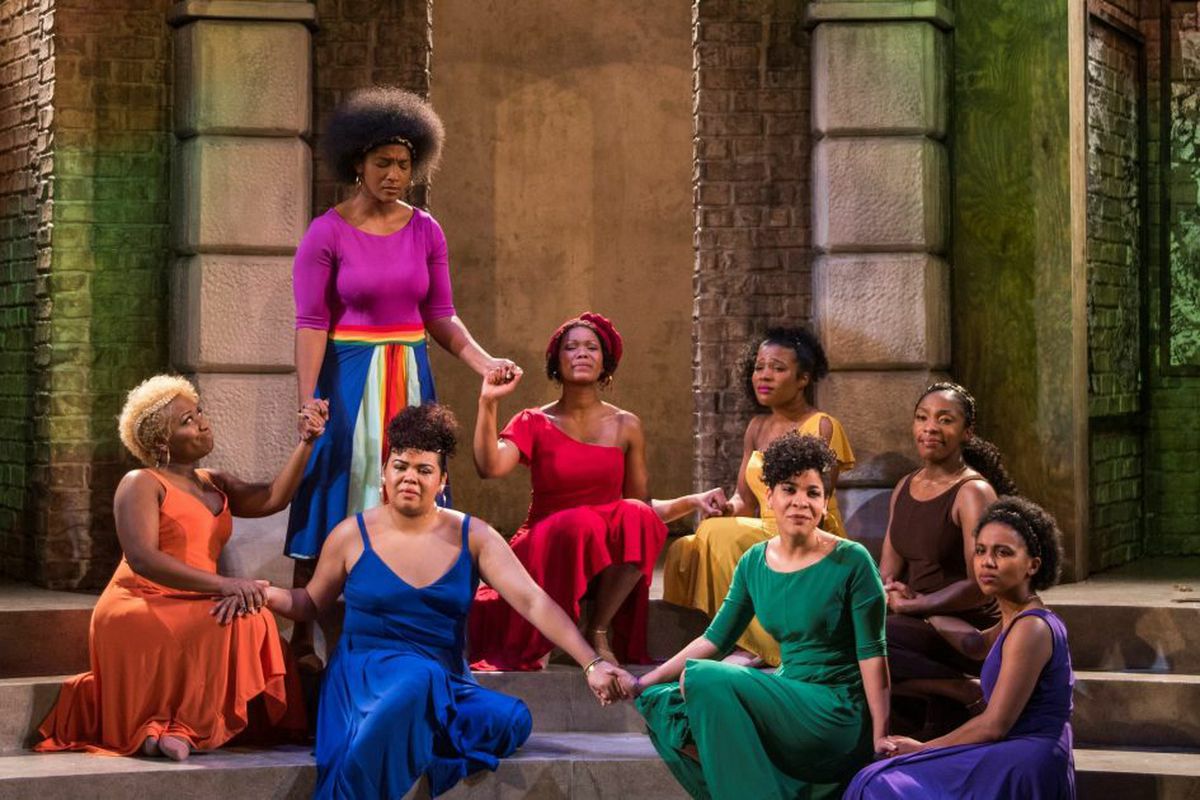
Each woman in For Colored Girls (2026) stands as a reflection of the other — distinct voices connected by pain, healing, and the quiet bravery of survival.
Set against the rhythm of city life, their stories unfold like verses of an unfinished poem:
-
Janet Jackson portrays a woman reclaiming her power after years of silence — elegant, fierce, and unflinching in her vulnerability.
-
Whoopi Goldberg brings quiet wisdom and divine strength, serving as the spiritual heartbeat of the film.
-
Thandiwe Newton and Kerry Washington play women at life’s edge, torn between despair and the courage to begin again.
-
Anika Noni Rose, Phylicia Rashad, and Kimberly Elise embody resilience — women who find beauty in brokenness and grace in survival.
Their stories weave together through love, betrayal, motherhood, faith, and forgiveness — revealing that healing isn’t found in isolation, but in the shared echoes of pain and triumph.
🌹 A Vision Reborn
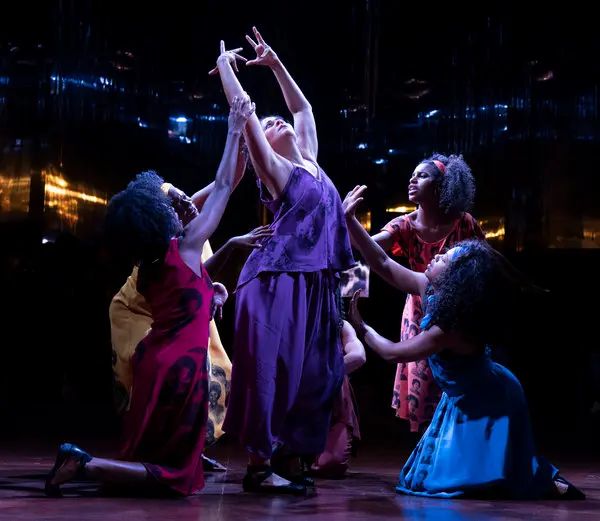
Tyler Perry’s direction in For Colored Girls (2026) is both bold and reverent — a cinematic poem brought to life through shadow, color, and rhythm.
The film moves seamlessly between dialogue and dance, poetry and silence, transforming every frame into art that breathes.
Gone are the theatrical confines of the original; instead, Perry paints a world both intimate and vast — city streets drenched in memory, apartments that hold laughter and loss, mirrors that reflect not vanity but truth.
Through this new lens, For Colored Girls becomes a universal portrait of womanhood in the 21st century — grappling with gender violence, systemic injustice, and the ongoing pursuit of self-worth in a world that too often asks women to be both strong and silent.
💫 A Symphony of Emotion

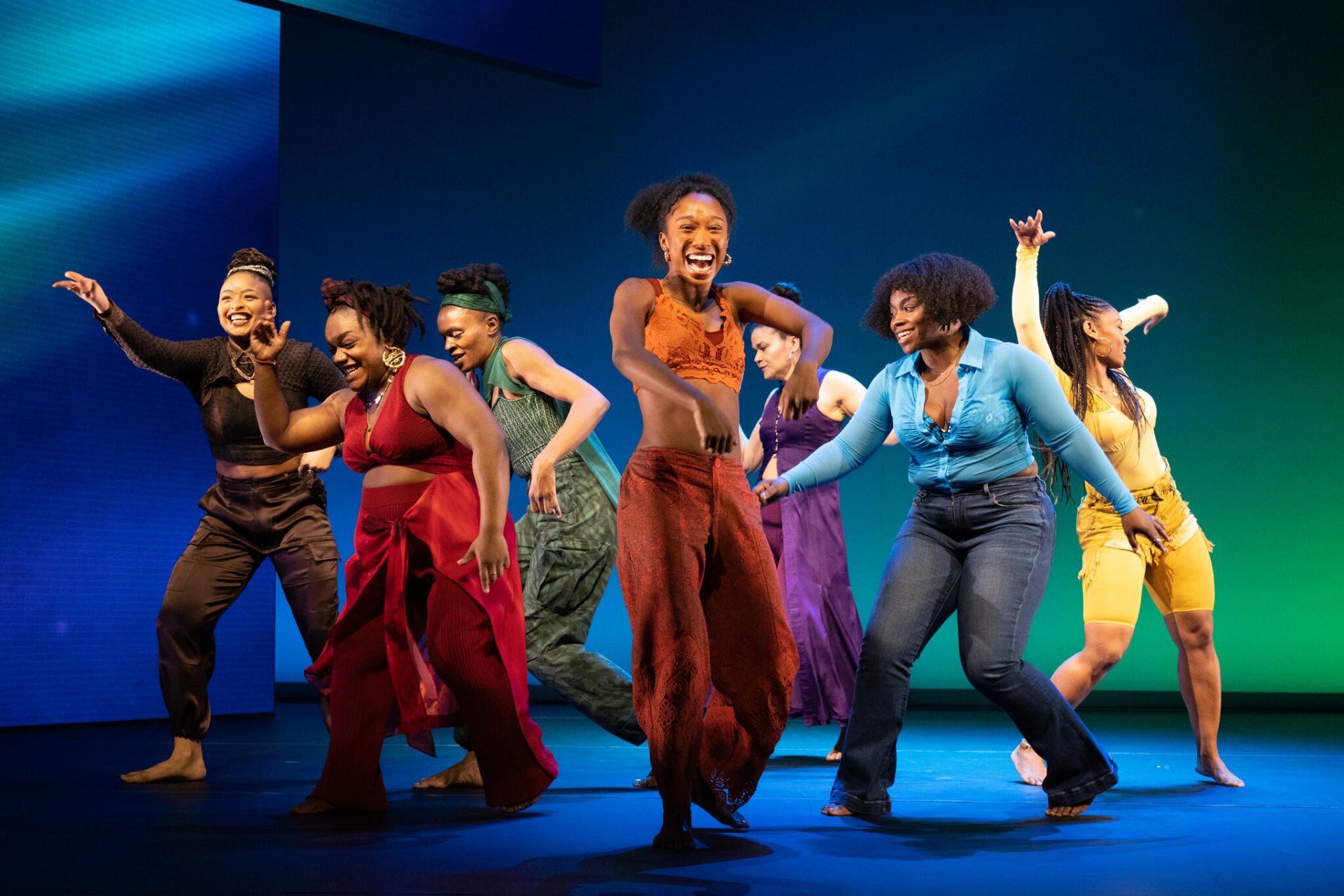
The film’s score — a blend of gospel, R&B, and spoken word — deepens every emotion, reminding viewers that even in the darkest moments, rhythm remains. Each character’s pain feels deeply personal, yet hauntingly collective, as if the women share one heartbeat across generations.
Janet Jackson’s commanding performance is already being hailed as her most powerful since Why Did I Get Married Too?, while Whoopi Goldberg’s quiet gravitas adds depth that lingers long after the credits roll. Together, the ensemble forms a cinematic sisterhood — fragile, flawed, and utterly human.
🕊️ Why It Matters
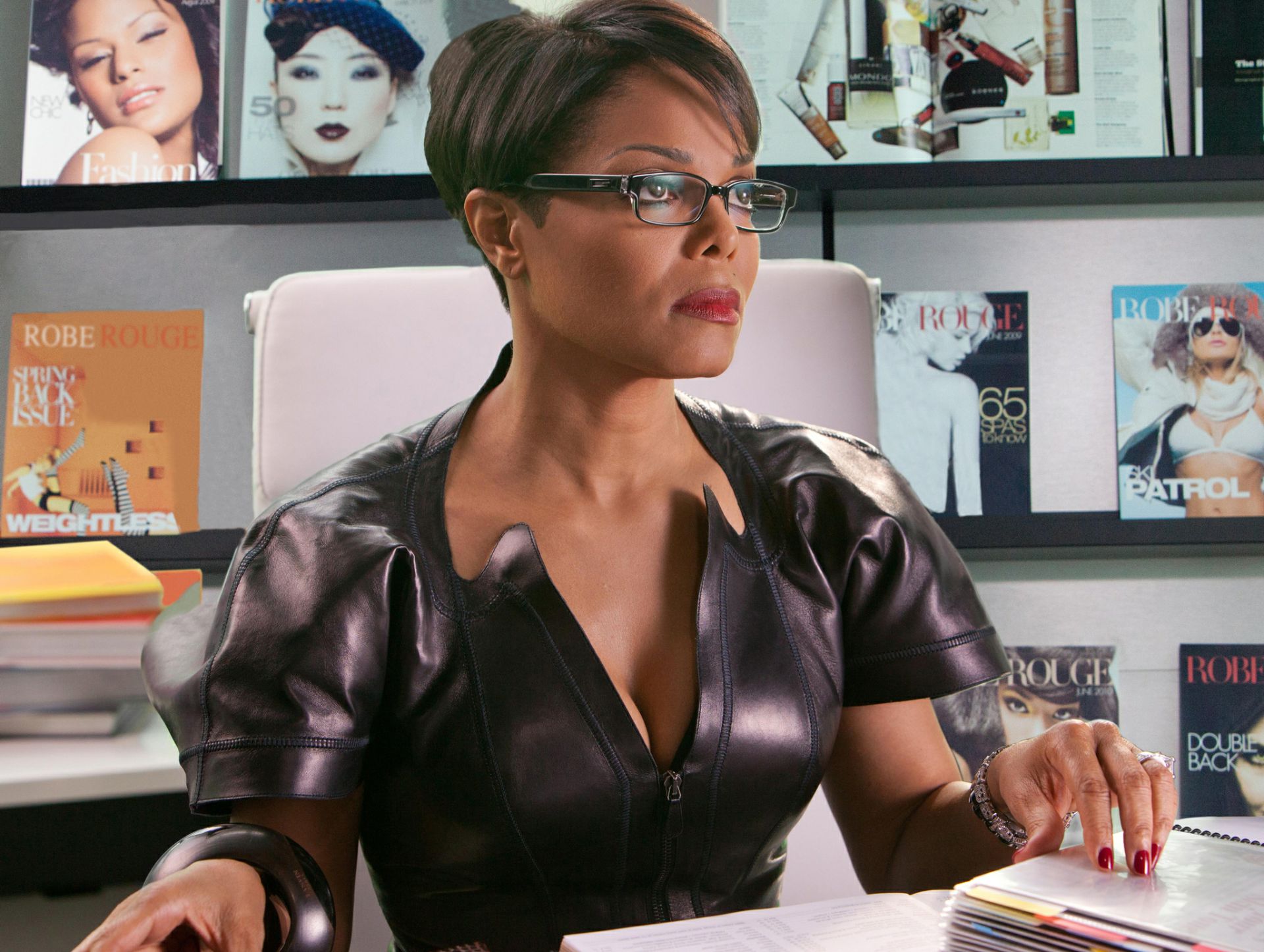
In an era still reckoning with the voices of women who refuse to be silenced, For Colored Girls (2026) is both a reflection and a rallying cry. It reminds audiences that pain, when spoken aloud, becomes poetry — and that survival, in all its forms, is sacred.
Tyler Perry’s reinterpretation doesn’t just honor Shange’s legacy; it reignites it for a new generation, proving that the struggles of yesterday still echo in today’s conversations about race, gender, and dignity.
🎞️ A Final Word — and a Beginning
As the screen fades to black, a final line emerges — simple, trembling, unforgettable:
“And still… we rise.”
It’s a moment that invites silence — and then discussion.
Because For Colored Girls (2026) isn’t a film you leave behind when you walk out of the theater.
It’s one that follows you — whispering, reminding, healing — long after the lights go out.


